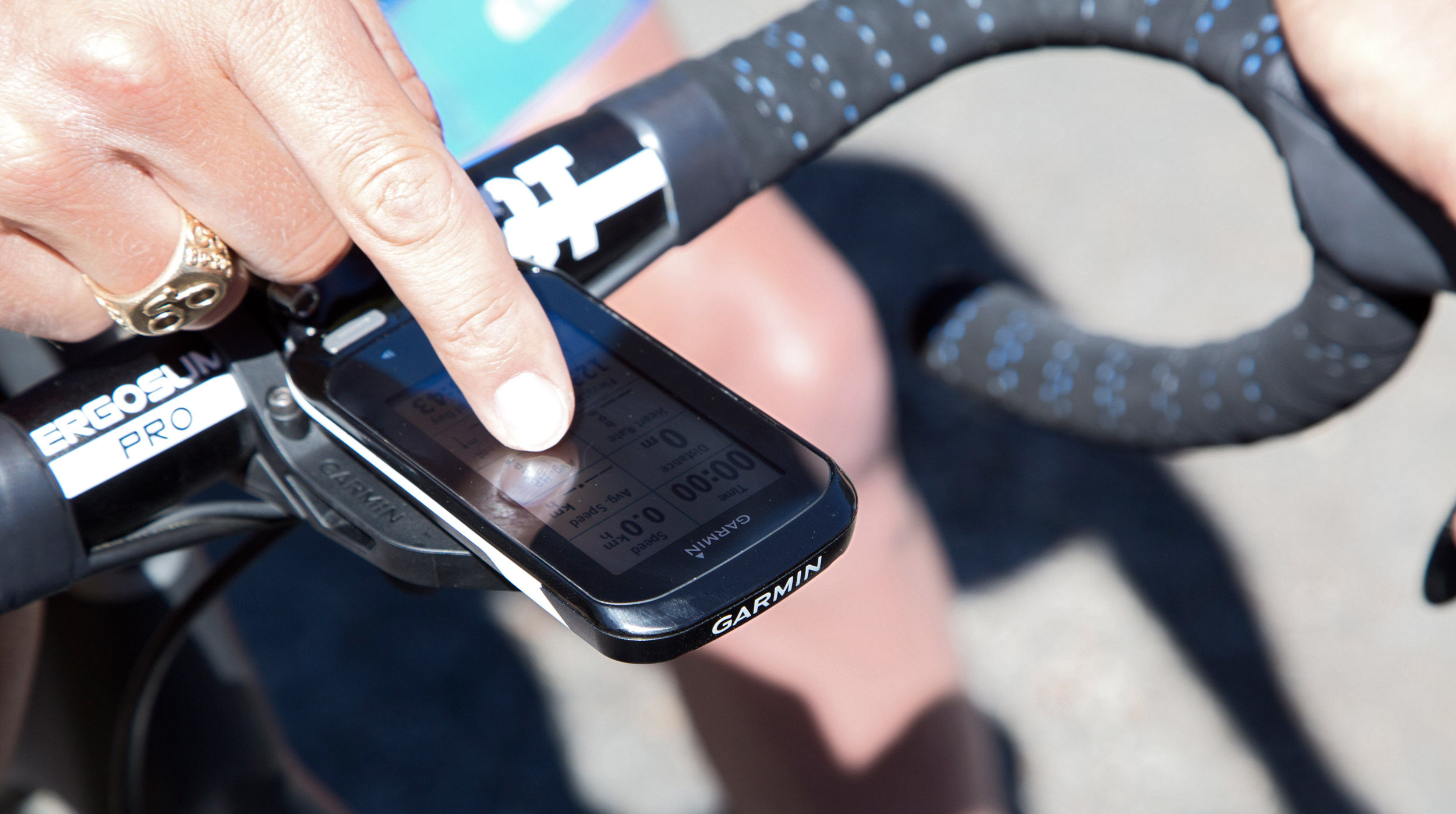
Every little second matters!
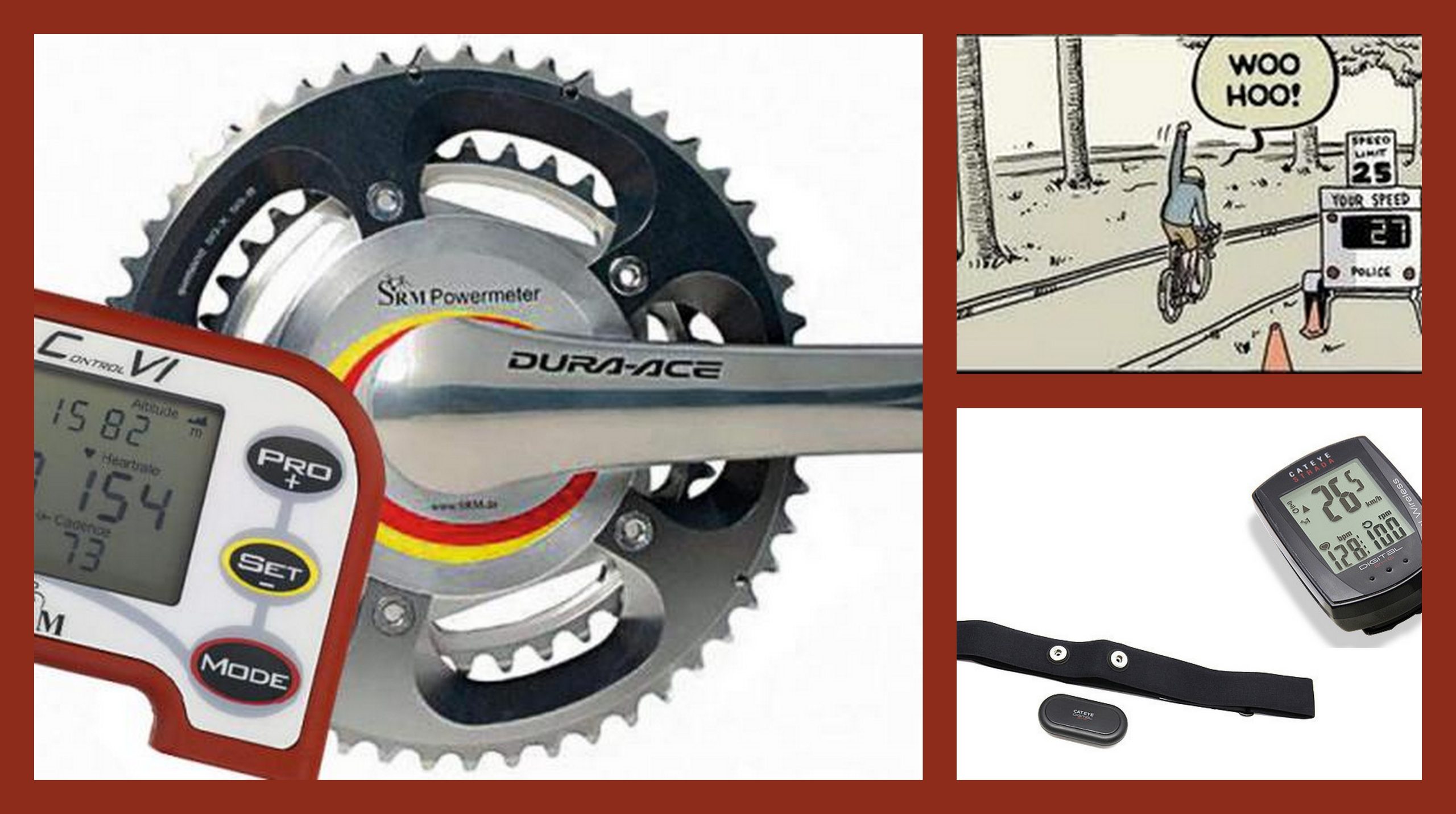
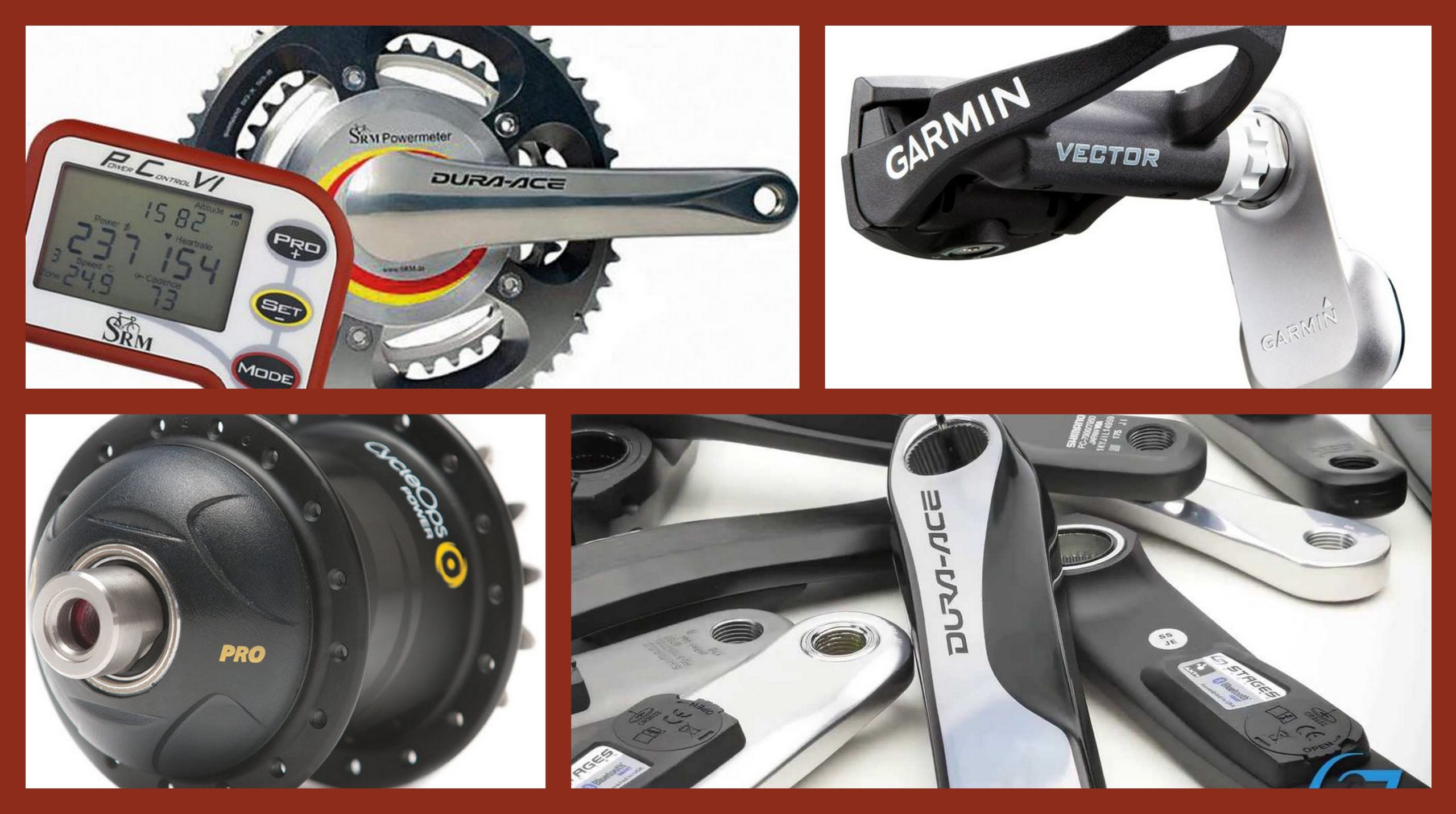
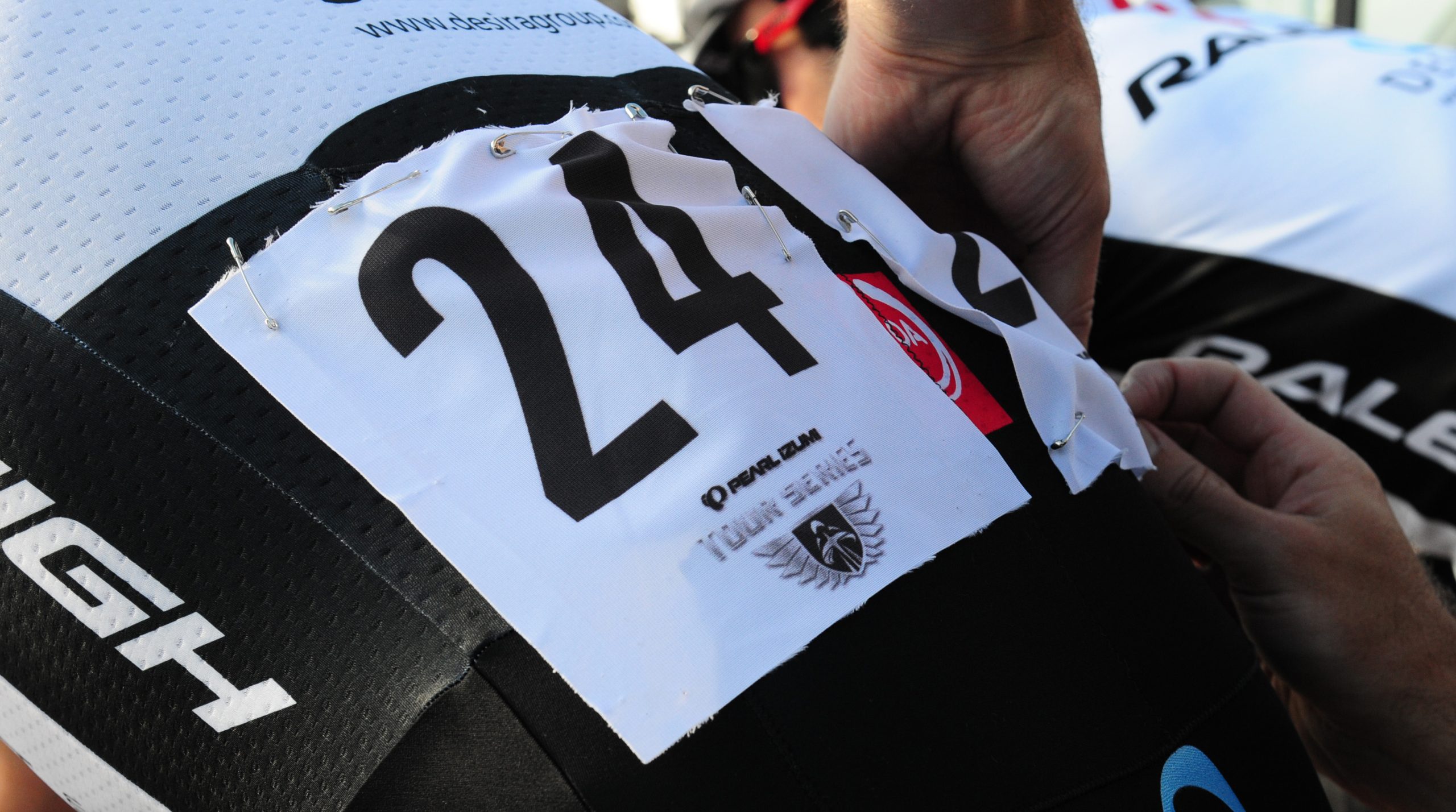

There are various ways of measuring performance and training efforts on a bike – you can track your speed, use your heart rate, or if you’re really after the very best in data, you can opt to fit a power meter to your bike.
A power meter is a tool to make you faster unlike any other. You don’t swap cash for speed, like you might when you go for aero wheels or a lighter bike – you need to learn to understand your new tool and use it to help you understand your body better. With knowledge and dedication, a powermeter can transform your riding.
Flick through to find out more…

Yummy bites that will fuel you up without rotting your teeth

A positive outlook spells better performance and more fun on the bike - here are a few foods which contribute.
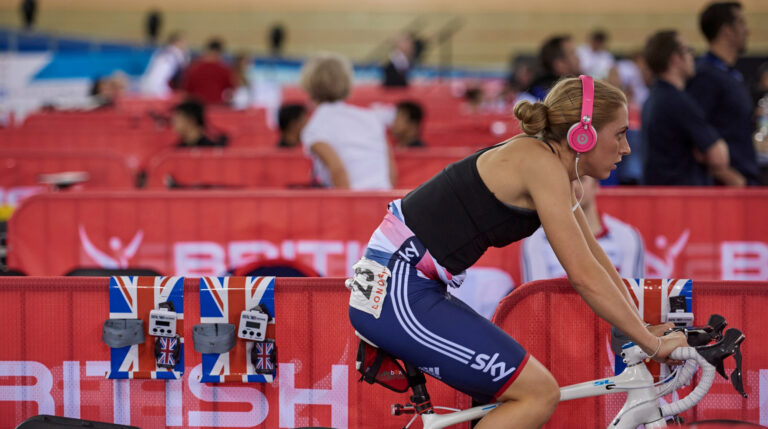
Get your warm-up right for a better performance all round!

We expose the nutritional content of seemingly "healthy" coffee shop snacks

Get limber without even getting out of bed - the perfect stretches for a lazy cyclist...